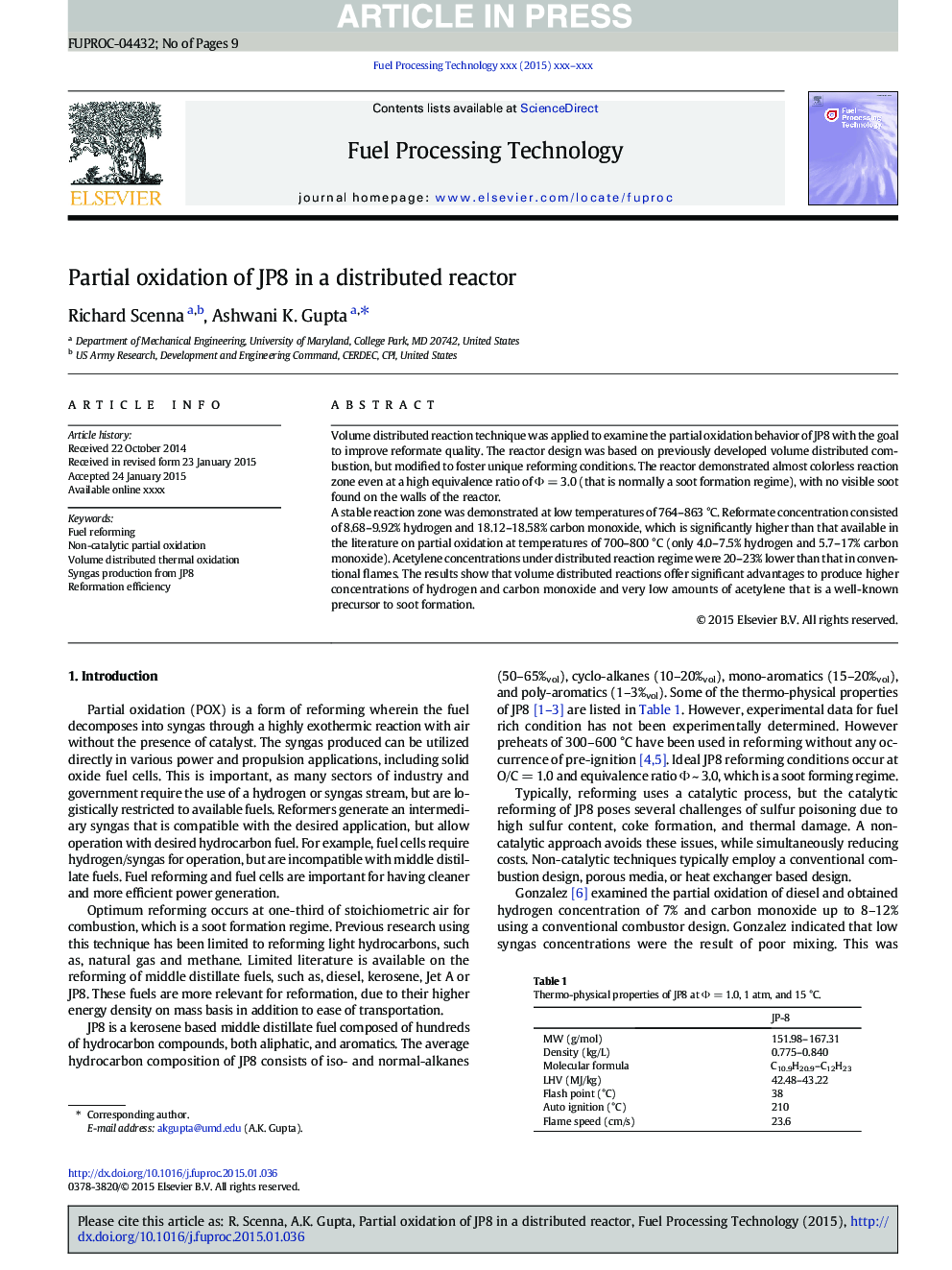| Article ID | Journal | Published Year | Pages | File Type |
|---|---|---|---|---|
| 6657038 | Fuel Processing Technology | 2015 | 9 Pages |
Abstract
A stable reaction zone was demonstrated at low temperatures of 764-863 °C. Reformate concentration consisted of 8.68-9.92% hydrogen and 18.12-18.58% carbon monoxide, which is significantly higher than that available in the literature on partial oxidation at temperatures of 700-800 °C (only 4.0-7.5% hydrogen and 5.7-17% carbon monoxide). Acetylene concentrations under distributed reaction regime were 20-23% lower than that in conventional flames. The results show that volume distributed reactions offer significant advantages to produce higher concentrations of hydrogen and carbon monoxide and very low amounts of acetylene that is a well-known precursor to soot formation.
Related Topics
Physical Sciences and Engineering
Chemical Engineering
Chemical Engineering (General)
Authors
Richard Scenna, Ashwani K. Gupta,
